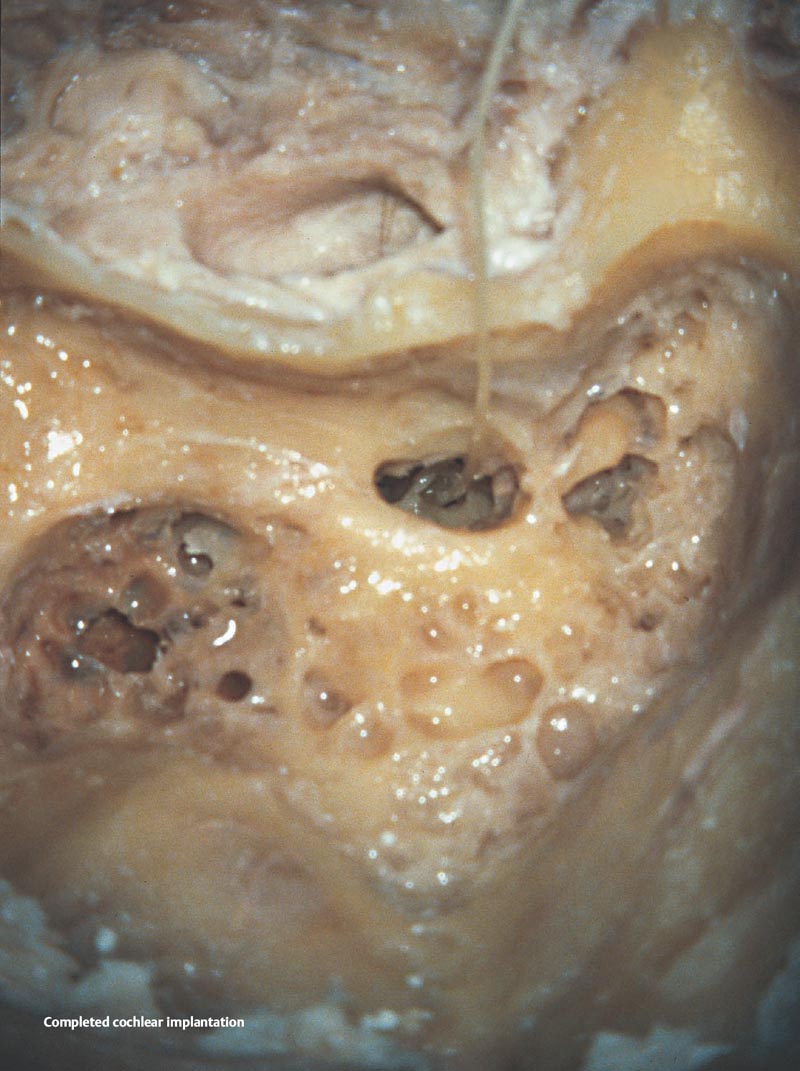7 Cochlear Implantation Following cortical mastoidectomy and posterior tympanotomy, carrying out a cochleostomy or preparing the round window, and inserting the electrode array of the cochlear implant. The receiver-stimulator package is placed into the well created in the cortex of the temporal bone. Cochlear implantation surgery. The cortical mastoidectomy has been completed, and the posterior tympanotomy carried out. During the operation, exenteration of the mastoid cavity is restricted to a smaller size as a smaller cavity enables better electrode array fixation. DR: Digastric ridge EAC: External auditory canal MCF: Middle cranial fossa (dural plate) SS: Sigmoid sinus (dural plate) The view of the middle ear through the posterior tympanotomy opening. The critical structures of the tympanic cavity, i. e., the stapes, pyramidal process, and round window, can be seen. PB: Posterior buttress PP: Pyramidal process RW: Round window SH: Stapes head SPI: Short process of incus TSM: Tendon of stapedius muscle The microsurgical instrument, which has been inserted through the posterior tympanotomy opening, is pointing to the round window. The round window is the site of insertion for the electrode array in the “round window technique” and the main landmark for the drilling site in the “cochleostomy technique”. Definitions and Tips
Definition
Indications
Anatomical Orientation
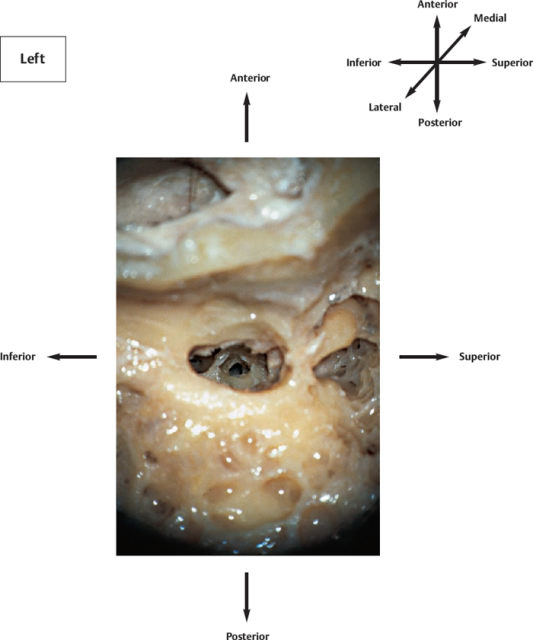
Surgical Steps
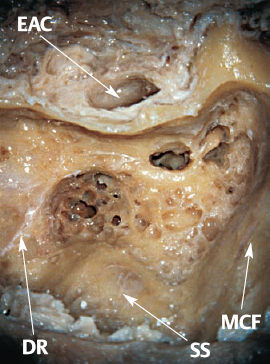
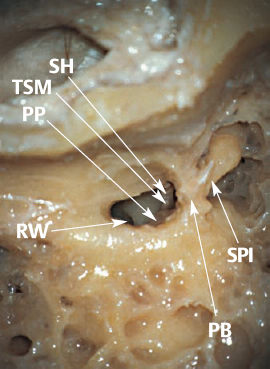
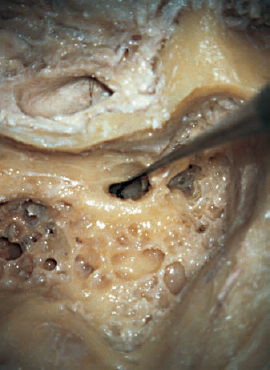
< div class='tao-gold-member'>
Cochlear Implantation
Only gold members can continue reading. Log In or Register to continue

Full access? Get Clinical Tree


